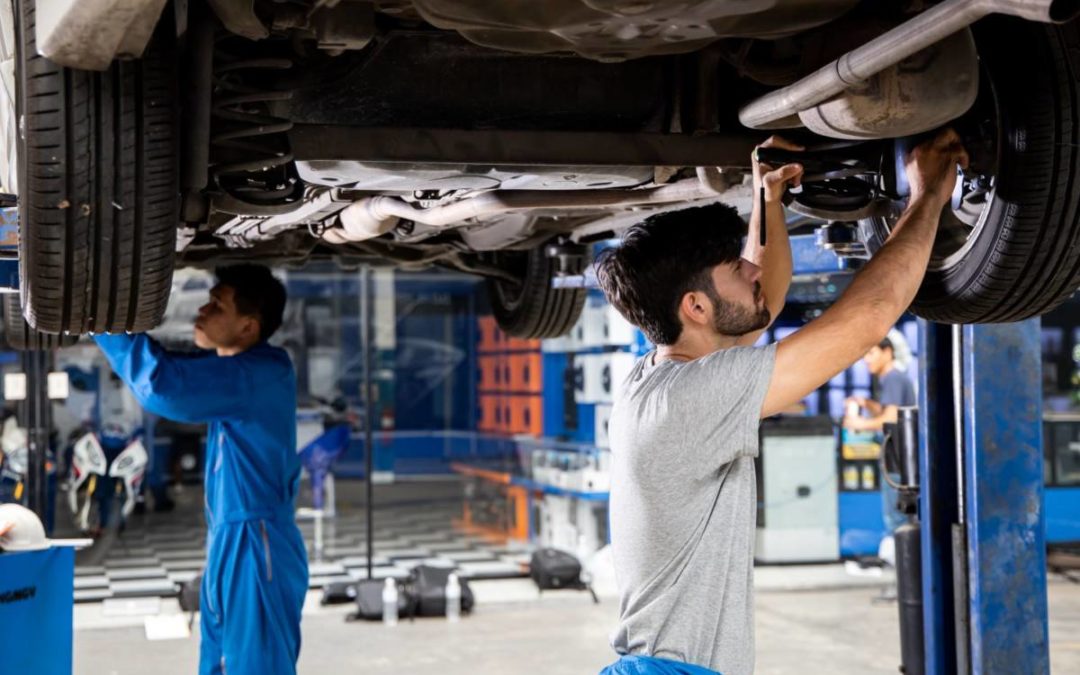One of the essential systems on your car is its suspension. The suspension system keeps your tires in contact with the road and helps absorb shocks from the road surface.
A Brief History of the Suspension
The first car suspensions were just metal bars that connected the chassis to the wheels. The shocks were absorbed by the passengers’ bodies. Today, there are many different types of suspension systems. Each system has its own advantages and disadvantages.
A car’s suspension has four main components: shock absorbers, springs, control arms, and sway bars. Let’s take a closer look at each one.
Parts Of The Car Suspension System
Shock Absorbers
Shock absorbers help reduce vibrations and bumps in the road. They work by forcing fluid through small tubes inside the shock absorber. This process slows down the movement of the piston, which reduces the vibration that travels through the car. Shock absorbers wear out over time, so it’s crucial to replace them when they start to show signs of wear.
Springs
Springs are responsible for supporting the car’s weight and keeping it in contact with the road. There are two types of springs: coil springs and leaf springs. Coil springs are made up of several coiled metal wires, while leaf springs consist of a series of metal leaves that connect to the car’s frame. Springs also wear out over time, so it’s crucial to replace them when they show signs of wear.
Control Arms
Control arms help transfer suspension movement from the shock absorbers and springs to the steering system. They are attached to the chassis on one end and the steering knuckle on the other end. Control arms can wear out over time, so it’s crucial to replace them when they start to show signs of wear.
Sway Bars
Sway bars help keep the car stable by limiting the amount of body roll (the sideways movement of the car). They are attached to the chassis on one end and the suspension arms on the other. Sway bars can wear out over time, so it’s essential to replace them when they start to show signs of wear.
How To Tell If You Have A Suspension Problem
Many people have a hard time determining whether or not they have a suspension problem. If your car starts to pull more toward one side while you’re driving, you may need new shock absorbers on that side of the vehicle. If your tires wear unevenly, it could indicate worn-out springs or control arms. You can also give yourself a quick test by hitting bumps in the road and listening for clunking noises from the front of the car—that would indicate problems with your struts.
Suspension components play a huge role in keeping you safe when you drive on rough roads, so it’s essential to pay attention to them if there is any sign something might be wrong. The long-term effects of neglecting suspension problems can be much more severe than just replacing a few worn out parts—they could lead to accidents.
These are just a few of the components that make up your car’s suspension system. If you have any questions or concerns, be sure to talk with a qualified mechanic. Thanks for reading!


